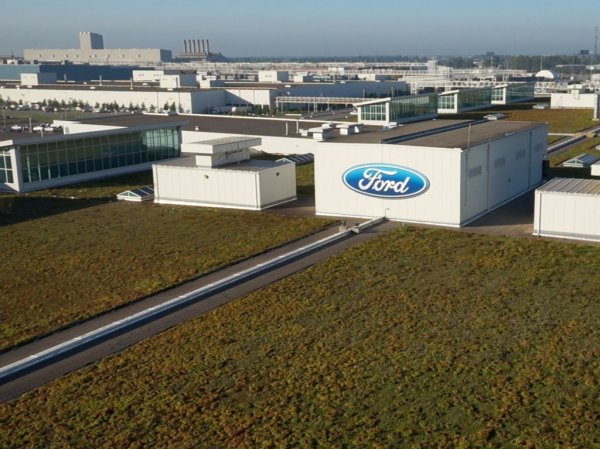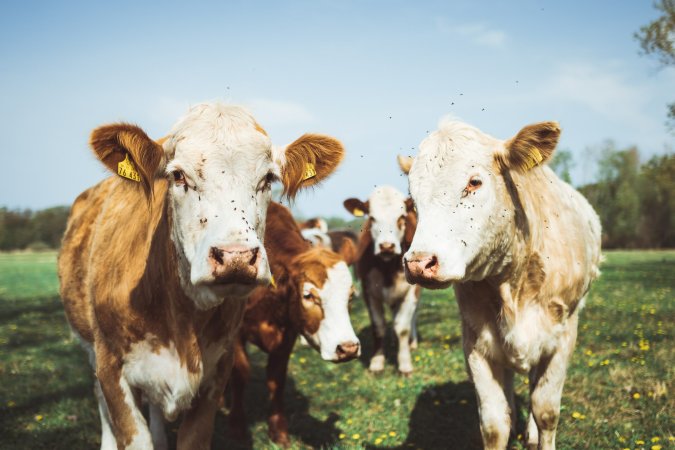

Vegetable oils generally refer to any oil derived from a plant—be it seeds, nuts, cereal grains, or fruits. Some of these oils, such as canola and olive, are used for cooking and salad dressings, others, like soybean or sunflower, may be added to soap or perfume formulations. Because of its versatility and application in many industries, the global demand for vegetable oil is increasing. The estimated market for vegetable oil reached approximately 219 million tons in 2020, which is expected to reach about 285 million tons by 2026.
Palm oil, the most efficient vegetable oil crop to grow, is currently the most widely consumed vegetable oil in the world. However, the conversion of a Southeast Asian peat swamp forest to a palm oil plantation is responsible for about 0.44 to 0.74 percent of global greenhouse gas (GHG) emissions. Given the environmental impact of vegetable oil production, there is a pressing need for more sustainable growing solutions.
Rapeseed oil production emits the least amount of greenhouse gasses
A 2022 study published in Science of The Total Environment assessed the extent and variation of greenhouse gas (GHG) emissions across the entire production chain of vegetable oils, including favorites like palm, soybean, rapeseed (also known as canola), and sunflower oil. The authors looked at the impact of various production systems, from the clearing of vegetation and use of agricultural practices to the processing of fruits and seeds to make refined oil.
They found that the median GHG emissions of rapeseed, sunflower, and palm oil are all lower than the global median across all oil crop systems, which was 3.81 kilograms of carbon dioxide equivalent per kilogram of refined oil.
“If we look at the average production system for each oil type, rapeseed oil production seems to result in the least GHG emissions per liter, closely followed by sunflower oil,” says Thomas Alcock, study author and postdoctoral researcher at the Technical University of Munich. “However, there is huge variation in the possible emissions from each oil type.”
[Related: The secret to curbing farm emissions is buried in the Stone Age.]
According to the study, rapeseed oil produces about 2.49 kilograms of carbon dioxide equivalent per kilogram of refined oil. This is significantly lower than soybean oil, which results in the highest emissions at 4.25 kilograms of carbon dioxide equivalent per kilogram of refined oil. This isn’t the first time researchers have found similar results—a 2015 study published in the Journal of Cleaner Production that assessed the GHG emissions of the same four vegetable oils plus peanut oil also found rapeseed oil to be the least carbon-intensive option.
Identifying the factors that affect the quantity of GHG emissions the most is important in finding ways to improve sustainability, says Alcock. For instance, using large amounts of synthetic nitrogen fertilizer can increase emissions because producing them is energy-intensive. These fertilizers also release nitrous oxide, a GHG that is about 300 times more potent than carbon dioxide.
The authors compared the different production systems and regions for each oil type as well. They found that rapeseed production with conventional tillage systems in Canada produced more than twice as many emissions than no-till systems due to the differences in the amount of carbon that is stored in the soils.
“Whilst vegetable oils might not seem like one of the biggest food groups, they can in fact be found everywhere,” says Alcock. “Production of the crops that produce vegetable oil also takes up around 20 percent of arable land worldwide, so vegetable oil production is definitely a big contributor to global GHG emissions, as well as other sustainability issues such as biodiversity loss.” With food production being responsible for more than 25 percent of global GHG emissions, improving the sustainability of different production systems for each type of crop is crucial.
How to improve the sustainability of vegetable oil production
Greenhouse gasses aren’t the only thing that defines sustainability. For example, it’s important not to leave out land use and water consumption in terms of vegetable oil production. Rapeseed oil may be the best performing in terms of GHG emissions, but sunflower oil has the least impact when it comes to water consumption.
Palm oil is associated with a low land footprint, and farmers can churn out higher amounts of oil over small areas of land because of its high yield. Farmers can produce 89 million tons of palm oil from 47 million hectares of arable land, compared to a combined yield of 92 million tons of soybean and rapeseed oil from over 402 million acres.
“Growing oil crops on areas of low carbon storage potential—such as on land where forests cannot grow but crops are still productive—can result in vegetable oil with a lower carbon footprint,” says Alcock. “If we can produce more of a certain oil crop in a given area of land without massively increasing inputs, the GHG emissions per bottle will be proportionately lower.”
[Related: How I Converted My Mercedes-Benz To Run On Veggie Oil.]
Favoring production on land with low carbon storage potential, while simultaneously reforesting agricultural areas that have storage potential when vegetation is regenerated, may help offset emissions, according to Alcock. Although this is challenging, it can go a long way in improving the sustainability not just of vegetable oils, but other crops as well, he adds.
When it comes to palm oil, one of the biggest sources of GHG emissions is the wastewater produced during the oil pressing stages called palm oil mill effluent (POME), which releases huge amounts of methane, says Alcock. Every ton of palm fruit that is milled produces about 0.87 cubic meters of POME. Capturing and using it as a source of energy using biogas capture technologies, like covered lagoon systems or contact reactors, can drastically reduce the carbon footprint of palm oil production. However, most palm oil processing mills have yet to adopt this technology.
For other crop types, improving sustainability could mean reducing the amount of synthetic nitrogen applied to crops as much as possible, which is generally the biggest source of GHG emissions on farms, he adds. This can be done by choosing crop cultivated varieties that are more efficient with their nitrogen use and including nitrogen-fixing plants, like legumes, in crop rotations, which provide nitrogen to the soil more naturally.
“As for who can implement these changes,” says Alcock. “That is the million-dollar question. At the moment, there is very little incentive for vegetable oil producers to do much to reduce their GHG emissions. Government incentives and investment in technologies to reduce emissions from processing steps would certainly help.”















